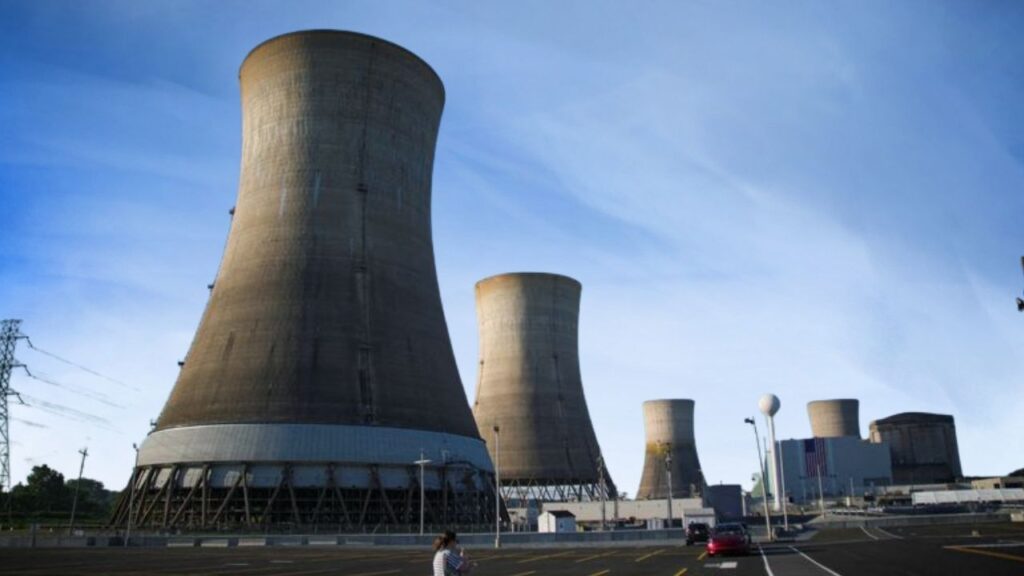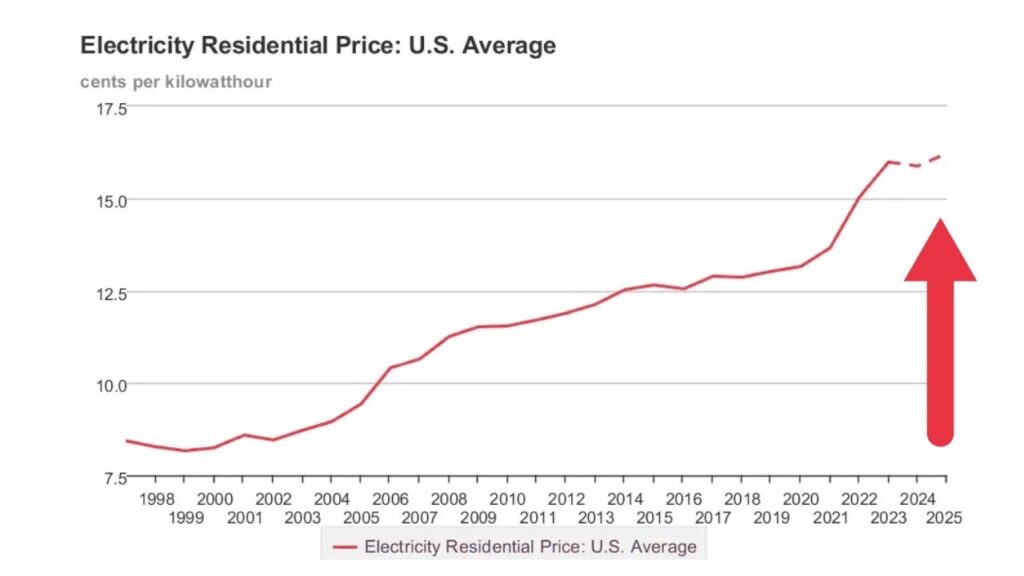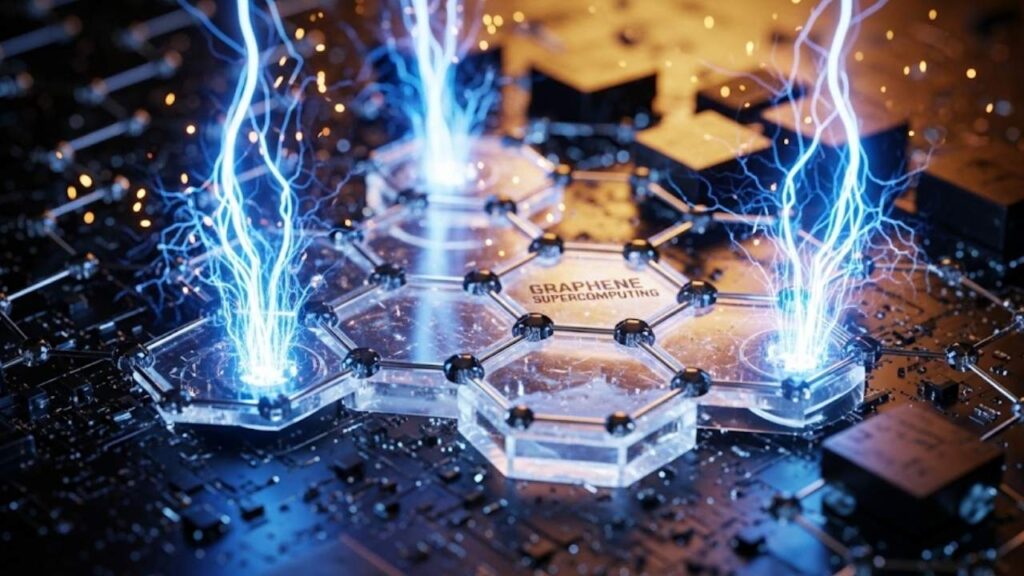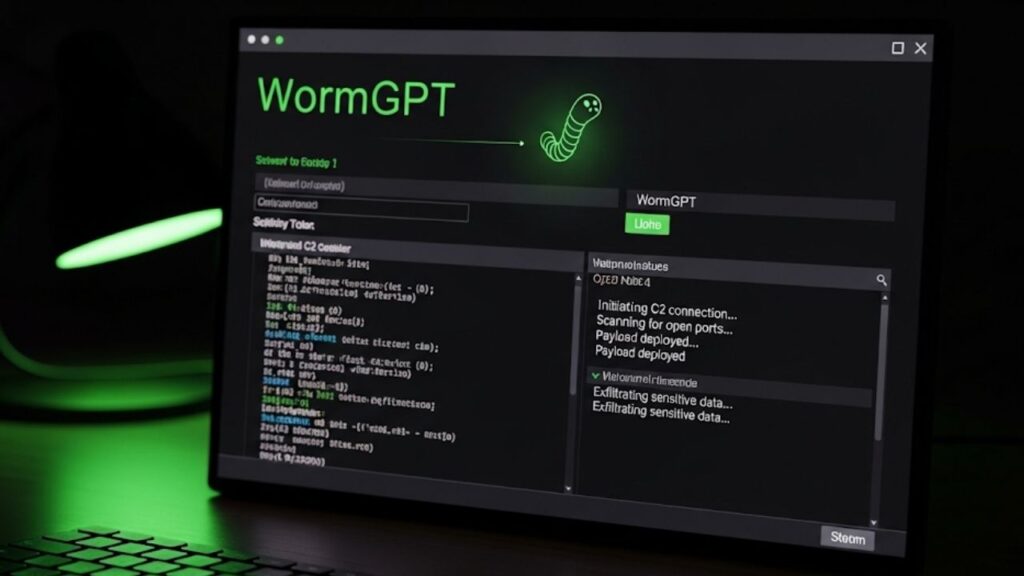America’s largest power grid, PJM Interconnection, is facing unprecedented challenges as the demand for electricity skyrockets, driven largely by the explosive growth of artificial intelligence (AI) and data centers. These technological advancements, while promising a future of innovation and efficiency, are putting immense pressure on a system built for a different era. As a result, electricity prices are rising, reliability concerns are mounting, and industry leaders are racing to adapt.

This article explains why AI is creating such a strain on the grid, what it means for families, businesses, and professionals, and what steps can be taken to ensure a stable and affordable power supply in the years ahead.
Table of Contents
America’s Largest Power Grid Feels the Strain as AI Energy Demands Keep Growing
| Topic | Details |
|---|---|
| Grid Operator | PJM Interconnection – serves 67 million people across 13 states from Illinois to New Jersey. PJM Official Site |
| AI & Data Center Demand | Data centers and AI applications are consuming electricity at a rate that outpaces the construction of new power plants. |
| Electricity Prices | Projected to surge by more than 20% in summer 2025 for many PJM customers. |
| Capacity Auction | Prices jumped over 800% in the last annual auction, leading to higher bills for consumers. |
| Resource Mix | 48% gas, 21% nuclear, 18% coal, 1% solar, 1% wind, 4% hydro, 5% demand response, 2% other. |
| Backlog | Over 3,300 new projects (mostly solar, wind, battery) are stuck in PJM’s queue. |
| Leadership Turmoil | CEO resigning, board shakeups, and political threats to leave the grid. |
| Blackout Risks | PJM warns of possible capacity shortages by 2026/2027 if trends continue. |
America’s largest power grid is at a turning point. The rapid rise of AI and data centers is testing the limits of PJM Interconnection, leading to higher prices, reliability concerns, and urgent calls for modernization. While solutions are on the horizon—faster project approvals, grid upgrades, and smarter energy use—everyone has a role to play in ensuring a reliable and affordable power supply.
Staying informed, supporting energy efficiency, and encouraging investment in new technologies will be key to meeting the challenges ahead. The future of AI and America’s digital economy depends on a grid that’s up to the task.
Understanding PJM Interconnection: The Backbone of America’s Power
PJM Interconnection is the largest regional transmission organization (RTO) in the United States. It manages the flow of electricity for 67 million people across 13 states, including major cities like Chicago, Philadelphia, and Washington, D.C. PJM acts as the “air traffic controller” for electricity, balancing supply and demand in real time to keep the lights on for homes, businesses, and critical infrastructure.
The PJM region is also home to the world’s largest concentration of data centers—vast facilities filled with servers that store data, run websites, and increasingly power AI applications. These data centers are essential for the digital economy, but they require a constant, massive supply of electricity.
Why AI and Data Centers Are Driving Up Electricity Demand
The AI Revolution’s Energy Appetite
AI is transforming industries from healthcare to finance, logistics to entertainment. Training and running AI models—especially those that power natural language processing, image recognition, and real-time analytics—requires enormous computing power. This means racks of high-performance servers running nonstop, often in climate-controlled environments to prevent overheating.
- AI model training can use as much electricity as hundreds of households over weeks or months.
- Inference (using trained models) also requires substantial power, especially as AI becomes embedded in more services and products.
- Data centers must operate around the clock, demanding reliability and redundancy that further increases energy consumption.
Data Center Growth Outpaces Grid Expansion
The number and size of data centers, especially those supporting cloud computing and AI, have grown rapidly. In some regions, new data centers are being proposed or built every month. However, the pace at which new power plants and grid infrastructure can be developed is much slower, often taking years due to permitting, financing, and construction challenges.
How the Surge in Demand is Affecting Prices and Grid Reliability
Rising Electricity Prices
The surge in demand is already translating into higher costs for consumers and businesses. In the PJM region, electricity prices are projected to increase by more than 20% for many customers during the summer of 2025. Some states have seen even steeper increases, with bills rising by as much as 40% in areas where demand is highest.

A key driver of these price hikes is PJM’s capacity auction system. This annual event is designed to ensure there’s enough electricity available during peak demand periods, such as heat waves or cold snaps. Power companies bid to provide capacity, and the resulting prices are passed on to consumers. In the most recent auction, prices soared by over 800%, reflecting the urgent need for new supply and the challenges of meeting surging demand.
Strain on Grid Reliability
As demand rises, PJM faces growing risks of not having enough electricity to meet peak needs. The organization has warned of potential capacity shortages as early as 2026 or 2027 if current trends continue. This could lead to rolling blackouts or forced reductions in electricity use during critical periods.
Several factors are contributing to this risk:
- Aging infrastructure: Much of the PJM grid was built decades ago and is now in need of upgrades or replacement.
- Slow project approvals: Over 3,300 new energy projects, most of them renewable, are waiting in PJM’s queue for approval and connection to the grid.
- Retirement of older plants: Many coal and natural gas plants are being retired due to age, cost, or environmental regulations, reducing available supply.
The Challenge of Adding New Power Plants and Transmission
Building new power plants, especially renewable sources like solar and wind, is essential for meeting future demand. However, several obstacles slow this process:
Project Backlog
PJM’s interconnection queue is clogged with thousands of proposed projects. Until recently, each project was reviewed individually, a process that could take several years. While PJM is now moving to a “cluster” approach—reviewing groups of projects together—there’s still a significant backlog.
Transmission Bottlenecks
Even when new power plants are approved, connecting them to the grid requires new transmission lines and substations. These projects are expensive, can take years to complete, and often face opposition from local communities concerned about land use and cost.
Retirement of Aging Plants
As older coal and gas plants shut down, the grid loses sources of reliable, dispatchable power. Replacing them with renewables requires careful planning and investment in storage and backup systems to ensure reliability.
Leadership and Political Turmoil
The challenges facing PJM have led to significant leadership changes and political debates. The CEO has announced plans to step down, several board members have been replaced, and some state leaders have even threatened to withdraw from the PJM system if solutions aren’t found quickly.
These disruptions reflect the high stakes involved: reliable, affordable electricity is critical for economic growth, public safety, and the functioning of modern society.
What Are the Solutions? Steps Toward a More Resilient Grid
Accelerating Grid Modernization
- Upgrade aging infrastructure: Investing in new transmission lines, substations, and smart grid technologies can help move electricity more efficiently and reliably.
- Streamline project approvals: Reforming the interconnection process and reducing bureaucratic hurdles can help bring new power plants online faster.
- Expand energy storage: Large-scale batteries and other storage technologies can help balance supply and demand, especially as more renewables come online.
Encouraging Energy Efficiency
- Promote efficient AI hardware: Data centers can adopt the latest, most energy-efficient processors and cooling systems to reduce their electricity use.
- Demand response programs: Businesses and consumers can participate in programs that reduce electricity use during peak periods, helping to stabilize the grid.
Supporting Renewable Energy and Innovation
- On-site renewables: Data centers and large businesses can invest in solar panels, wind turbines, or battery storage to generate some of their own power.
- Research and development: Continued investment in new technologies, such as advanced nuclear reactors and improved battery storage, can provide more options for reliable, clean power.
Practical Advice for Different Audiences
For Policymakers and Regulators
- Invest in grid upgrades: Prioritize funding for transmission and distribution improvements, focusing on areas with the greatest need.
- Facilitate clean energy development: Simplify permitting and provide incentives for renewable energy and storage projects.
- Coordinate regionally: Work with neighboring states and grid operators to ensure a resilient, interconnected system.
For Businesses and Data Centers
- Adopt best practices: Use energy-efficient equipment, optimize cooling, and participate in demand response programs.
- Plan for resilience: Develop backup power plans and consider on-site generation to reduce reliance on the grid during emergencies.
For Families and Consumers
- Conserve energy: Use energy-efficient appliances, turn off unused devices, and adjust usage during peak hours.
- Stay informed: Monitor local utility updates and participate in programs that reward energy conservation.
AI-Inspired Models Reveal Surprising Experiences Boost Human Learning
People Are Using AI Chatbots to Guide Their Psychedelic Trips—and It’s Wild
AI-Powered Chip Sets New Record in Brain-Like Computing Using Just Light and Silicon
FAQs About Power Grid Feels the Strain as AI Energy Demands Keep Growing
Why is AI causing such a strain on the power grid?
AI applications require massive computing power, which means data centers are using more electricity than ever before. The growth in demand is outpacing the construction of new power plants and grid upgrades.
Are electricity prices likely to keep rising?
Prices may remain high until new power plants and grid improvements catch up with demand. Capacity auctions and rising demand from data centers are key factors driving up costs.
What is PJM doing to address these challenges?
PJM is reforming its project approval process, investing in grid upgrades, and working with stakeholders to plan for future needs. However, these solutions take time to implement.
Can renewable energy solve the problem?
Renewables are a big part of the solution, but connecting them to the grid and ensuring reliability requires investment in transmission, storage, and backup systems.
What happens if the grid can’t meet demand?
If supply falls short, PJM may have to order rolling blackouts or ask consumers to reduce usage during critical periods to prevent widespread outages.



















